In the realm of software testing, automation has revolutionized the game, empowering QA teams to conduct tests with unprecedented speed and accuracy. However, with so many alternatives available, selecting the best automation testing tools for online projects might feel like traversing a maze of complications. Worry not! Let’s take a journey through a detailed checklist meant to clarify the route and reduce the stress of this essential decision-making process.
The Significance of Test Automation
In today’s software development world, test automation has become crucial, driven by the ever-increasing need for “Quality at Speed.” This innovative technique enables QA teams to handle recurrent test situations, including regression testing, with unprecedented precision and efficiency. As a result, time and resource overheads are greatly minimized, which aligns with the industry’s overall aim of producing high-quality software in increasingly short periods. The broad acknowledgment of automated testing’s benefits has propelled its acceptance across a wide range of sectors, resulting in a paradigm change in testing approaches.
Choose the Right Automation Tool
While it is tempting to choose the newest and most feature-rich automation solutions, it is critical to ensure that your selection meets the unique objectives and specifications of your project. The efficacy of an automation tool is determined by how well it integrates into your QA team’s operations and matches your testing needs. Before making any tool selection options, you must thoroughly examine the scope of your project and consider the dynamics of your QA team. Taking the time to perform this assessment will result in a better informed and effective selection of automation testing tools.
Automation testing tools fall into three categories: open-source tools, commercial tools, and exclusive frameworks. Each classification has unique benefits and considerations, ranging from cost-effectiveness and flexibility to sophisticated features and support. A thorough comprehension of these areas is required for making an educated selection that is suited to your project’s individual needs. Before commencing the process of selecting the correct technology, it is critical to determine if test automation is aligned with your project’s objectives. The number of repeating test cases, the frequency of regression testing, and the stability of the user interface (UI) all have a substantial impact on automation’s applicability. When analyzing automation tool alternatives, you must also consider your team’s technical expertise as well as your budget.
When evaluating automated testing tools, you have to consider several important features that will guide your decision-making process. These criteria take into account a variety of factors, including the tool’s supported platforms, integration possibilities with CI/CD pipelines, compatibility with programming languages, reporting features, script maintenance simplicity, technical support availability, and suitability for web automation. Prioritizing these aspects based on your project’s unique requirements allows you to efficiently limit down your alternatives and select the automation solution that best meets your web project’s goals.
In simple terms, finding the best automated testing tools for online projects necessitates a careful evaluation of several variables. These include project scope, team dynamics, technological needs, and financial restrictions. By following a thorough checklist and matching your choices with the specific demands of your project, you can ensure the flawless integration and use of automated testing solutions. This strategic approach not only increases productivity, but also improves the overall quality of your software development projects.



